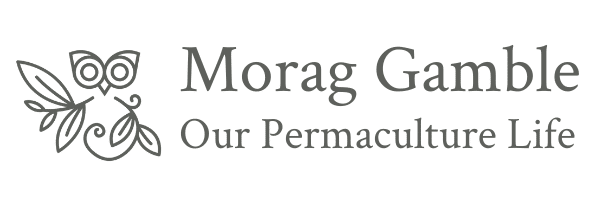So much of the food we eat globally is wasted. This may not sound like a big issue, but rotting food in landfill actually produces methane, which is more potent than even carbon dioxide as a greenhouse gas. Every tonne of food waste in landfill equals a tonne of CO2-e greenhouse. So it’s very important that we reduce our food waste whenever possible.
Eating the natural packaging that comes with the plants we grow (or even buy) is one of the many ways that my family and I use to counter this problem. And you can too!
Have a read of this blog to find out how to use the Pumpkin’s natural “packaging”, and why it’s actually way tastier than you might think.
The pumpkin’s edible packaging
How wonderful it is to be able to eat food without having to throw anything away. Yes, even the skin (aka packaging).
Now I love pumpkin for many reasons (as many of you know), but perhaps one of the biggest reasons is its packaging. A lot of people look at the skin of the pumpkin as inedible, because it is thick and often not the nicest part to eat. You may be throwing your pumpkin skins in the compost, a worm farm or even the general bin… but there’s another option.
To learn more about growing a permaculture garden simply and easily, check out our course The Incredible Edible Garden and learn how to design your own permaculture landscape in our Permaculture Design Course.

What can you do with the Pumpkin packaging?
Each year I get a massive abundance of pumpkins in my garden, so I have had a lot of time to experiment with using pumpkins in my cooking.
A very common use for pumpkins is to keep the skin on and roast full sections of the pumpkin. It is delicious! Add oil, some herbs and spices, a little salt and it’s one of the best recipes for a hearty meal.
But if you want to switch it up a little, you can just add pumpkin into the soups, or stews, or curries as well. When doing this, leave the skin on. If you do want to peel it, then why not keep the skin and toss in some kind of stock.

One thing I really like to do with my pumpkins is to peel the skins and toast them
Maybe in a sandwich press if you have one, or an oven if not. It only takes a couple of minutes. Put a little bit of oil on it and I a few sprigs of rosemary for the garden, or some oregano. Maybe even a garlic clove. Then you can press it down – after a couple of minutes they will be nice and soft, and even a little bit crispy on the edges.
You can actually use them too as crackers to dip into your favourite dips. Give it a go with homemade hummus, or pesto and you’ll be wishing you’d made more.
My Pumpkin skin Chips Recipe:
- Skin the pumpkin into your desired shape, preferably into long and thin slices.
- Then, preheat your oven to 180°.
- In a bowl, sprinkle salt and toss. Let it sit for a few minutes to allow the pumpkin skin to absorb the salt.
- Add a little bit of extra virgin olive oil and a drop of sesame oil then toss.
- Bake for 30 minutes in 200°C.
- Cool for a while before serving.
Last but not least – Enjoy! 🙂
When you think of it from a whole system’s perspective, eating the skin of a pumpkin really does make a difference. Particularly, because it helps to shift our way of thinking. And when we shift our way of thinking, everything changes.

